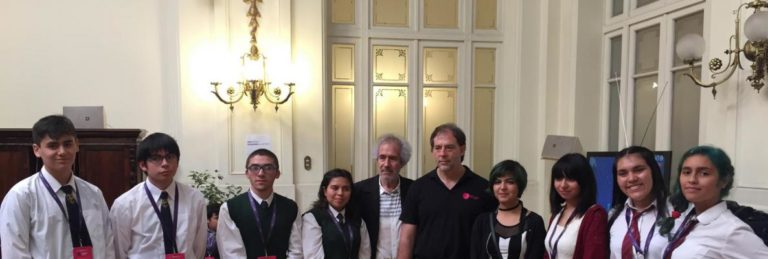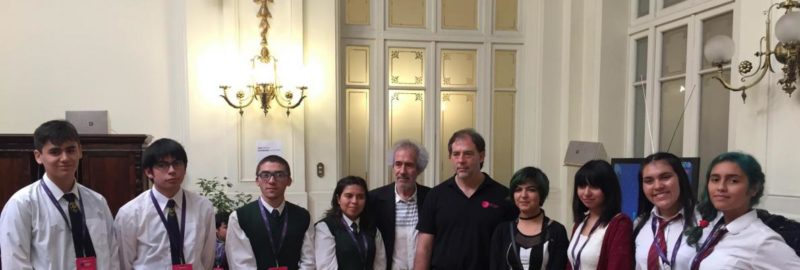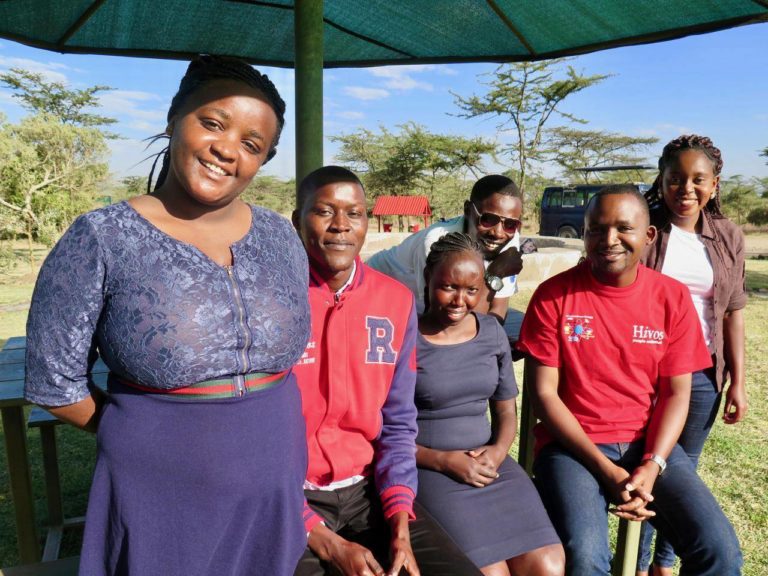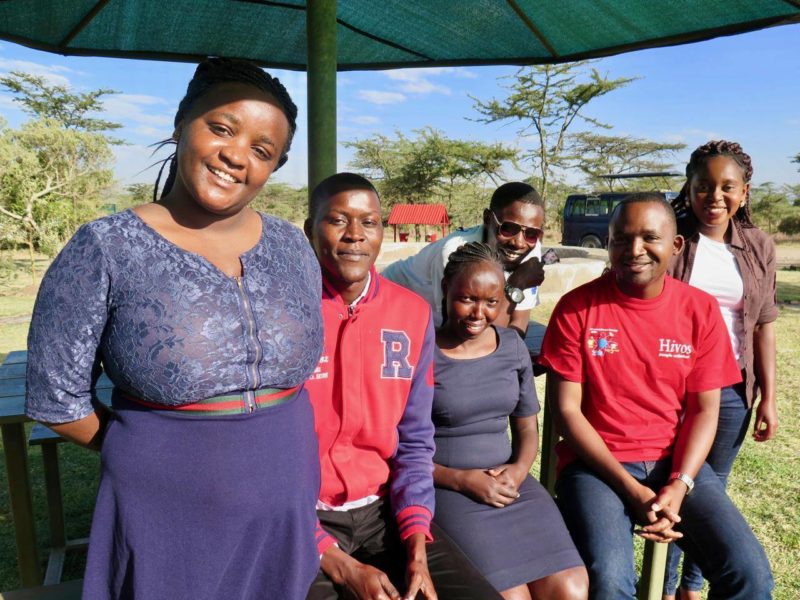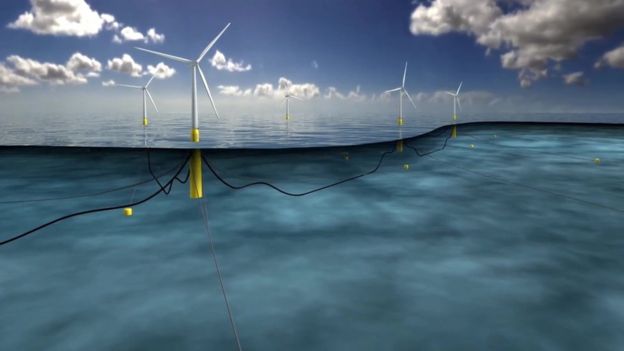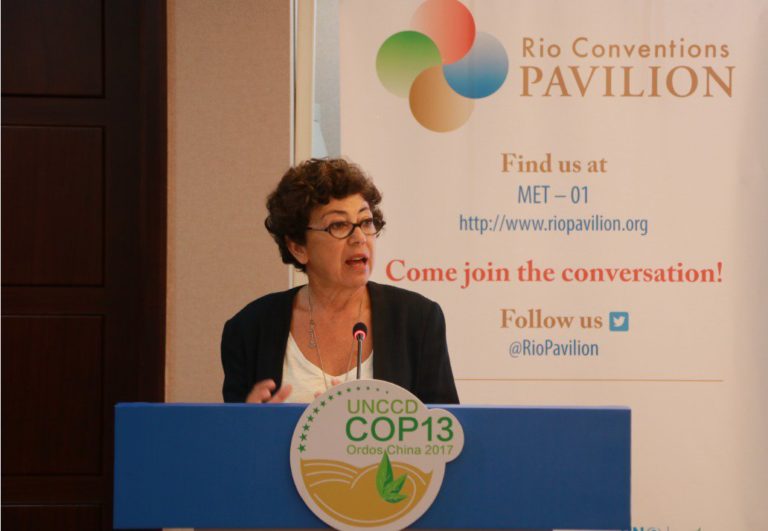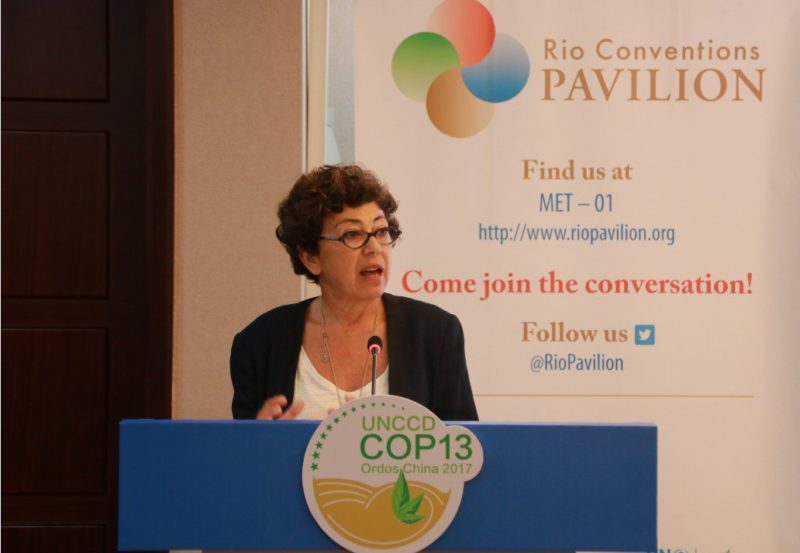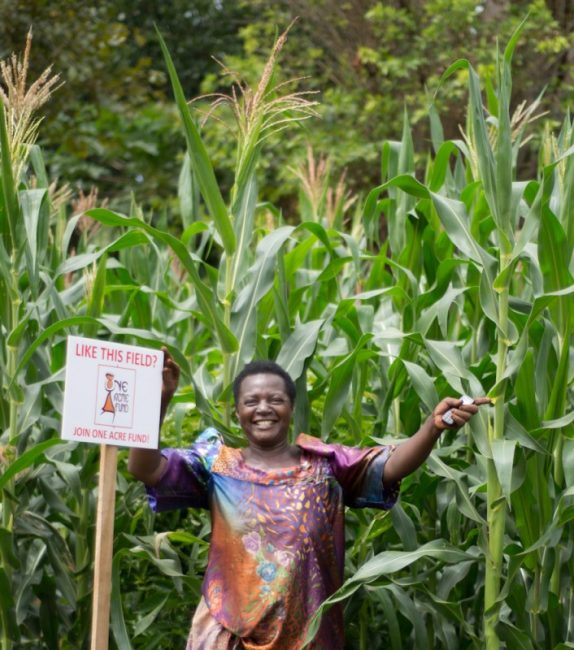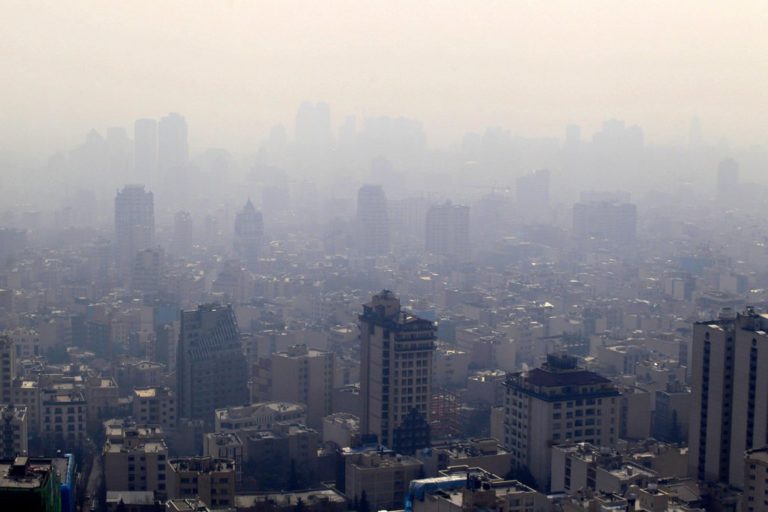UN Deputy Secretary-General, Amina Mohammed, in her opening remarks at the Commission for Social Development’s side event on poverty eradication in New York on Tuesday, February 6, 2018 wants Nigeria to utilise her vast human and natural resources to eradicate poverty. She was on a panel with WorldWide Nigeria and Ify Ofong, National Coordinator, Women in Development and Environment, Nigeria. Excerpts of her presentation:
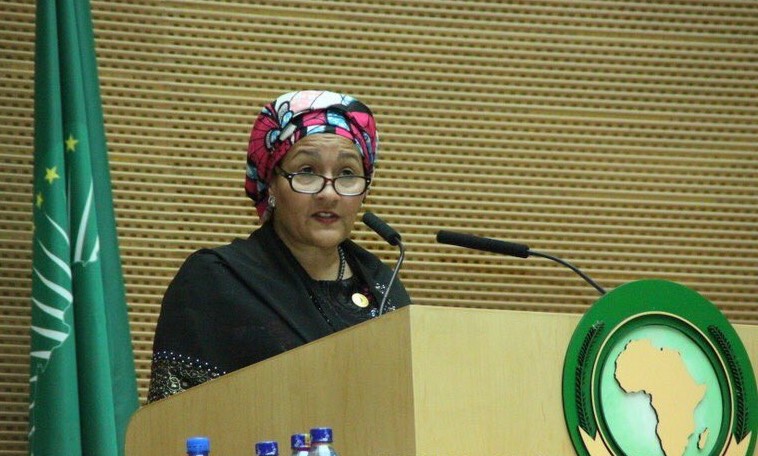
I applaud the goal of this event, to honestly assess, through the lens of local action, poverty eradication and implementation of the Sustainable Development Goals in Africa, Asia and Latin America.
The 2030 Agenda (for Sustainable Development) is the most ambitious plan Governments have ever developed to eradicate extreme poverty and safeguard our planet. While it is a global agenda, it will only be achieved by addressing the multidimensional aspects of poverty and through ensuring ownership on the part of communities, local authorities and individuals.
There are many examples of local actors, cities and state governments, in particular, that are creating new development pathways, overhauling their plans and budgets and taking other innovative steps to achieve the ambitious SDG (Sustainable Development Goals) targets.
Durban, South Africa, and Cauayan City in the Philippines have aligned their development plans with the SDG targets, while local governments in Benin have made SDG progress a condition for accessing national funding. Meanwhile, Kaduna State in Nigeria conducted a robust multi-level data exercise to analyse how all of its residents, particularly the most vulnerable, are faring in relation to each Sustainable Development Goals.
We need more of these local SDG leaders. At the 2017 session of the high-level political forum, it was revealed that local and regional governments have participated in only 57 per cent of the national voluntary reviews. We will not achieve the SDGs if such low engagement with local governments continues.
To achieve the SDGs, all communities must be engaged substantively. We must also increase our knowledge of local conditions. All data must be disaggregated, capturing the lives of residents in the most rural areas and densest informal settlements. And we must act on that knowledge with finance that reaches the communities most in need. Global and national funds must be decentralized and new financial instruments developed in cities and States.
As a former Minister, I know the important role of community-focused programmes and projects. In my current role, I see, even more clearly, the value of local actions in realising global development efforts. Organisations such as yours complement national and local governments.
You know as well as anyone the conditions that can make or break efforts to expand development opportunities to everyone. Across Nigeria, local initiatives led by state governments, civil society actors and financiers are making outstanding contributions to poverty reduction.
The Ekuri Initiative, for example, which is located in the Cross River State, seeks to sustainably manage the forest as a community asset, generating income, subsistence materials and food. The Smallholders Foundation is using rural radio broadcasts to educate 250,000 farmers on modern agricultural and environmental management techniques, to provide up-to-date market information, and give farmers a platform on which to advertise their products.
Nigeria, like many African countries, is at a crossroads. The country has an opportunity to build on recent economic, political and social gains and to leverage its vast human and natural resources to eradicate poverty. At the same time, many internal conflicts are challenging the genuine efforts of Nigeria’s leaders, including the insurgency in the north-east, the issue of militancy in the Niger Delta and disputes between herders and farmers, thus undermining and reversing development gains.
To address these challenges, we must prioritise an integrated response to peace, security, human rights and development. And we must improve our efforts to prevent, manage and resolve conflicts while promoting inclusive, sustained and equitable development.
Harnessing the power of partnerships will be critical. We must deepen the joint and coordinated efforts of the federal Government, state governments, local authorities, private sector and civil society organisations. Nigeria has taken concrete steps in this direction.
Under the leadership of the Vice-President Yemi Osinbajo, Nigeria launched the first national Private Sector Advisory Group on the Sustainable Development Goals, to coordinate public-private partnerships and amplify locally-driven solutions to achieve the SDGs. The (Private Sector Advisory Group) includes 13 diverse partners, including Lagos Business School, the Dangote Group, General Electric and the Sahara Group.
The Sustainable Development Goals Centre for Africa is another inspiring example of partnership mobilisation to achieve the SDGs. Chaired by Rwandan President Paul Kagame and Aliko Dangote, CEO of the Dangote Group, the Centre brings together national Governments, civil society and private sector leaders to collectively devise SDG solutions such as advancing inter-country projects on sustainable infrastructure and development of new platforms to better connect communities to achieve the SDGs.
Meanwhile, the Bill & Melinda Gates Foundation has stimulated inspiring partnerships between the Ministers, immunization and health experts in Nigerian states and private sector companies to strengthen vaccine cold chain infrastructure in Nigeria. Together with initiatives such as Project Last Mile and Coca-Cola, the Foundation aims to increase the number of Nigerian children who can access life-ensuring vaccines, with the focus on the most vulnerable and hardest to reach children.
Similar work is under way elsewhere in Africa, such as in Ethiopia, where the Gates Foundation is supporting the advancement of national priorities and reinforcing Government leadership in the areas of agriculture and health through partnerships across the country that aim to improve agricultural productivity and increase the coverage of life-saving health and nutrition interventions.
The United Nations Development Programme (UNDP) is also partnering with the relevant authorities to promote SDG localisation in Anambra, Benue, Kaduna and Kogi states, and to support implementation and monitoring of SDG-based state development plans.
The promise of the 2030 Agenda to leave no-one behind cannot be kept without translating global goals into local action. This requires concerted and coordinated efforts at all levels of decision-making, and the empowerment of local actors.
To eradicate poverty and ensure a life of dignity for all, we must work with the world’s most vulnerable people at the level of their everyday realities to make extreme poverty a problem of the past. I look forward to working closely with you all.

